Growth in Robotics and Automation
The Optical Encoder Market is poised for growth, driven by the increasing adoption of robotics and automation across various sectors. Industries such as manufacturing, logistics, and healthcare are increasingly integrating robotic systems to enhance productivity and reduce operational costs. Optical encoders play a crucial role in these systems by providing precise position feedback, which is essential for accurate motion control. According to recent estimates, the robotics market is expected to reach a valuation of over 200 billion USD by 2030, further fueling the demand for optical encoders. This trend indicates a robust growth trajectory for the Optical Encoder Market, as more companies seek to leverage automation technologies to remain competitive.
Increased Focus on Energy Efficiency
The Optical Encoder Market is witnessing a heightened focus on energy efficiency, driven by global sustainability initiatives and regulatory pressures. As industries strive to reduce their carbon footprint, the demand for energy-efficient components, including optical encoders, is on the rise. These encoders contribute to energy savings by enabling precise control of motors and other machinery, thereby minimizing energy waste. Furthermore, advancements in encoder technology are leading to the development of low-power optical encoders that meet the growing demand for sustainable solutions. This trend is expected to propel the Optical Encoder Market, as companies increasingly prioritize energy-efficient technologies in their operations.
Rising Demand for Precision Measurement
The Optical Encoder Market is experiencing a notable increase in demand for precision measurement devices across various sectors, including manufacturing, robotics, and aerospace. As industries strive for enhanced accuracy and efficiency, optical encoders are becoming essential components in automation systems. The market for optical encoders is projected to grow at a compound annual growth rate (CAGR) of approximately 6.5% from 2025 to 2030. This growth is driven by the need for high-resolution feedback in motion control applications, where even minor deviations can lead to significant operational inefficiencies. Consequently, manufacturers are investing in advanced optical encoder technologies to meet these precision requirements, thereby propelling the Optical Encoder Market forward.
Expansion of Industrial IoT Applications
The expansion of Industrial Internet of Things (IIoT) applications is significantly impacting the Optical Encoder Market. As industries increasingly adopt IIoT solutions, the need for reliable and accurate data collection becomes paramount. Optical encoders are integral to IIoT systems, providing real-time feedback on machine performance and operational efficiency. This integration allows for predictive maintenance and enhanced decision-making processes, which are critical for optimizing production lines. The IIoT market is projected to grow substantially, with estimates suggesting a value exceeding 1 trillion USD by 2030. Consequently, the Optical Encoder Market is likely to benefit from this trend, as more manufacturers seek to incorporate optical encoders into their IIoT frameworks.
Technological Advancements in Encoder Design
Technological advancements are significantly influencing the Optical Encoder Market, as innovations in design and functionality enhance the performance of optical encoders. The introduction of smart encoders, which integrate advanced features such as diagnostics and communication capabilities, is reshaping the market landscape. These encoders offer improved reliability and ease of integration into existing systems, making them increasingly attractive to end-users. Furthermore, the development of miniaturized encoders is expanding their application range, particularly in compact devices and robotics. As a result, the Optical Encoder Market is likely to witness a surge in demand for these technologically advanced solutions, which are expected to account for a substantial share of the market by 2030.
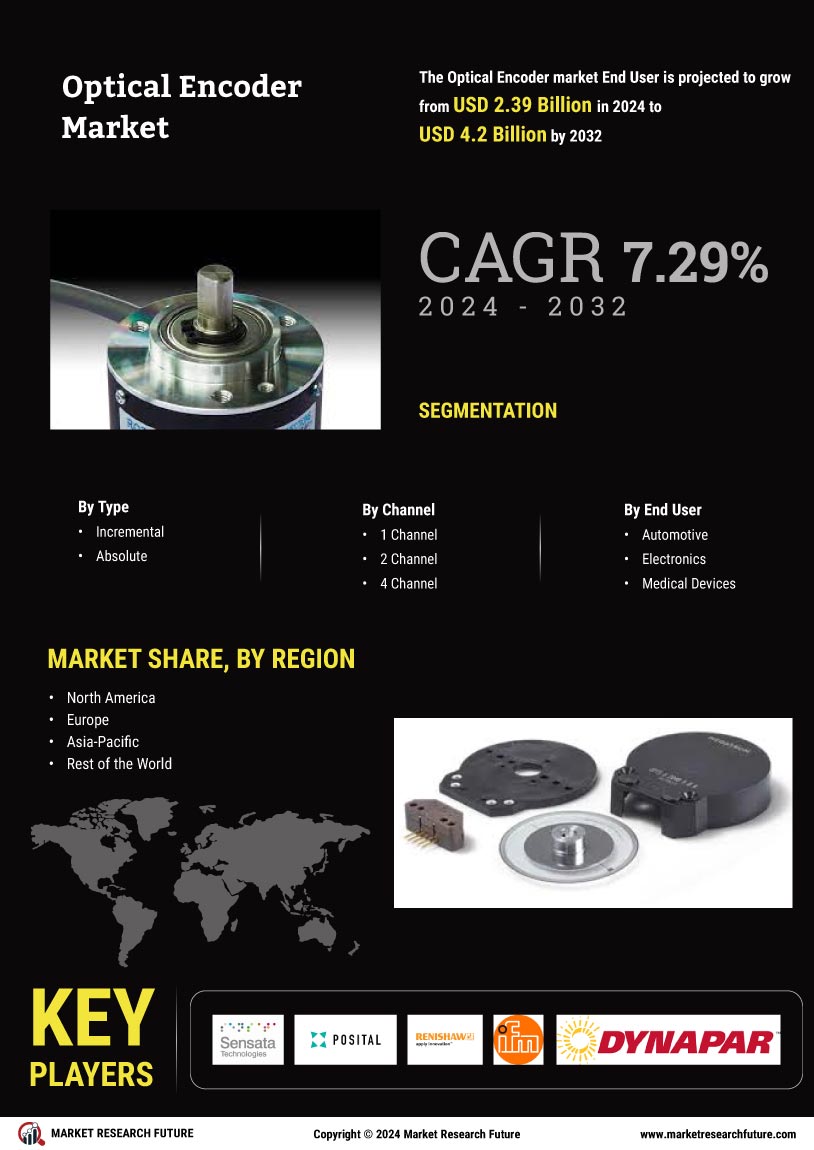
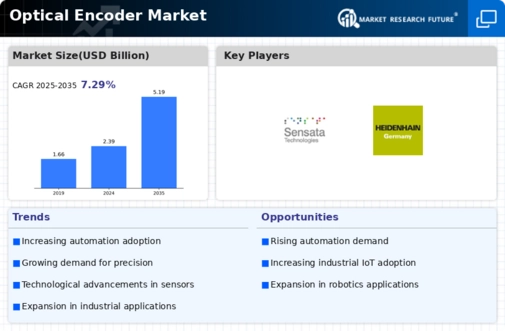

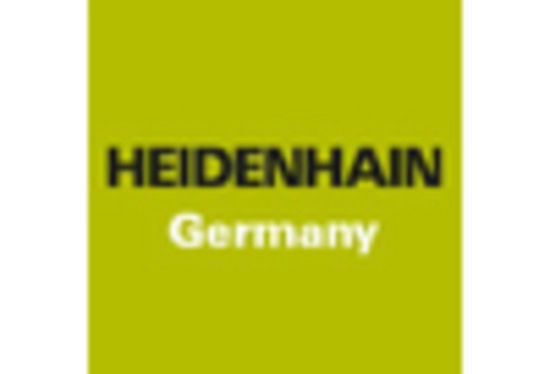

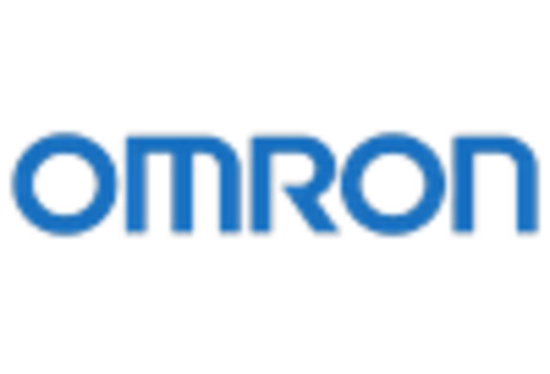
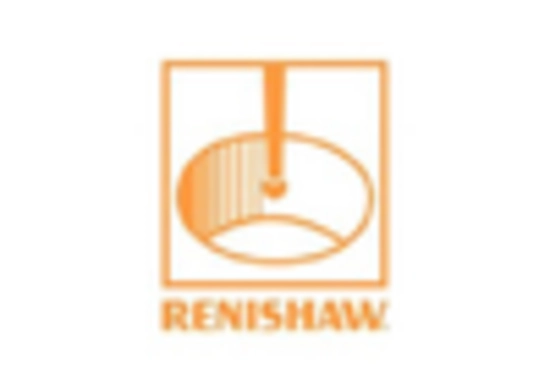









Leave a Comment